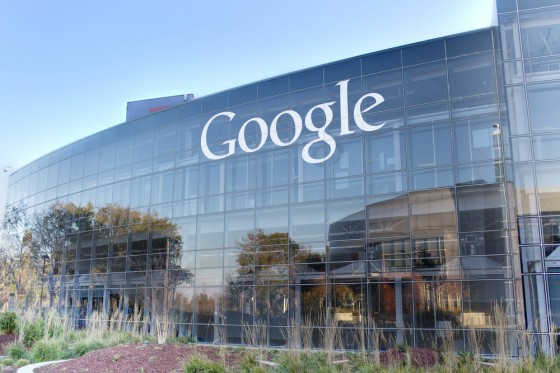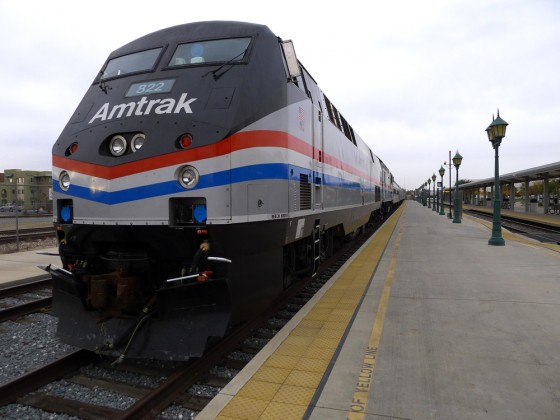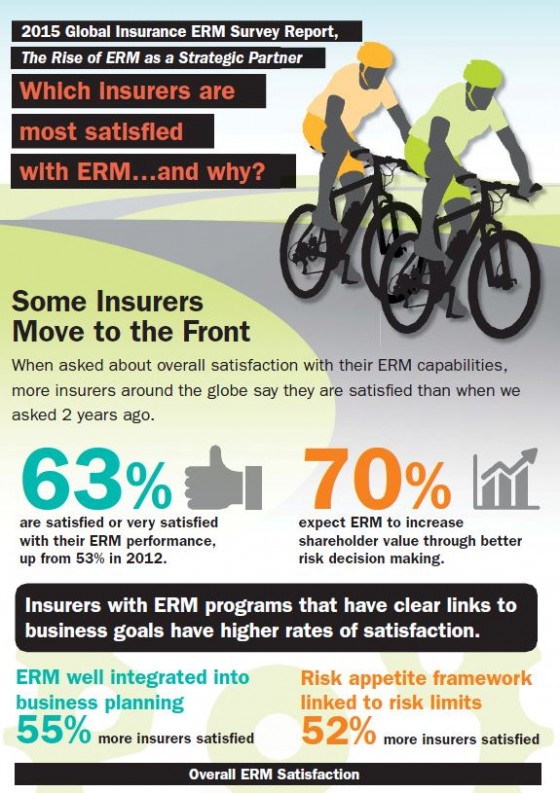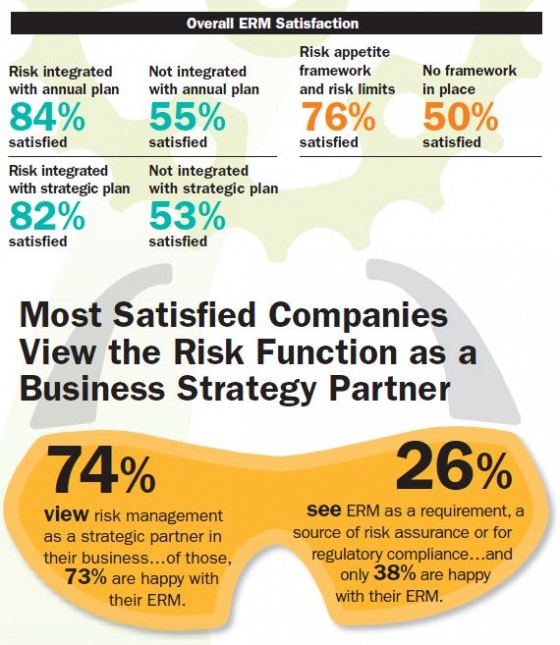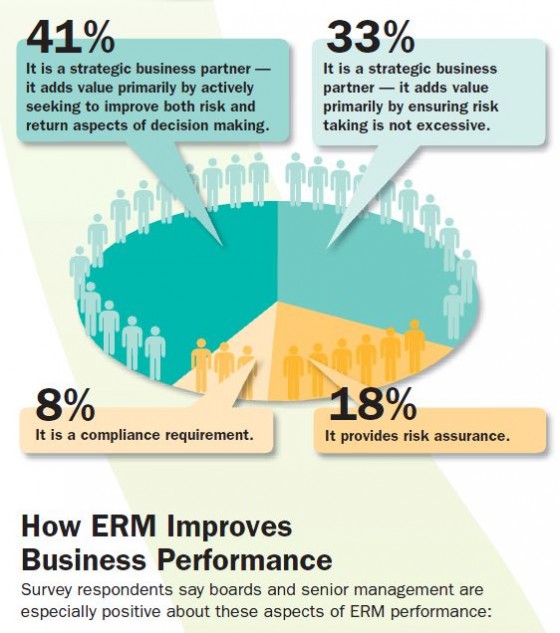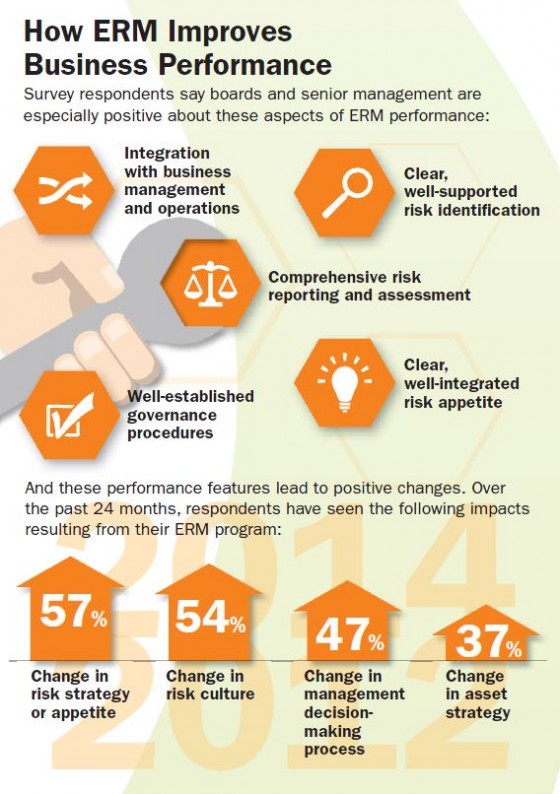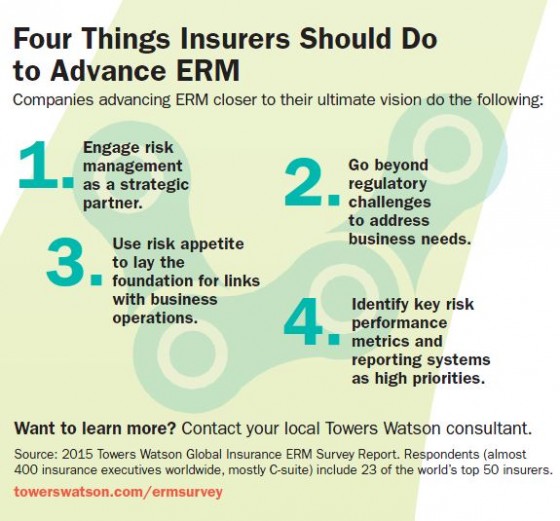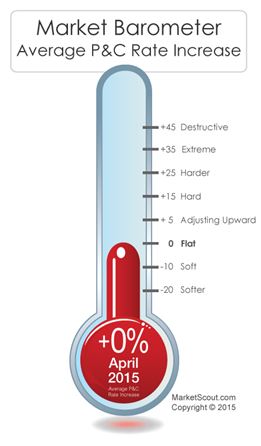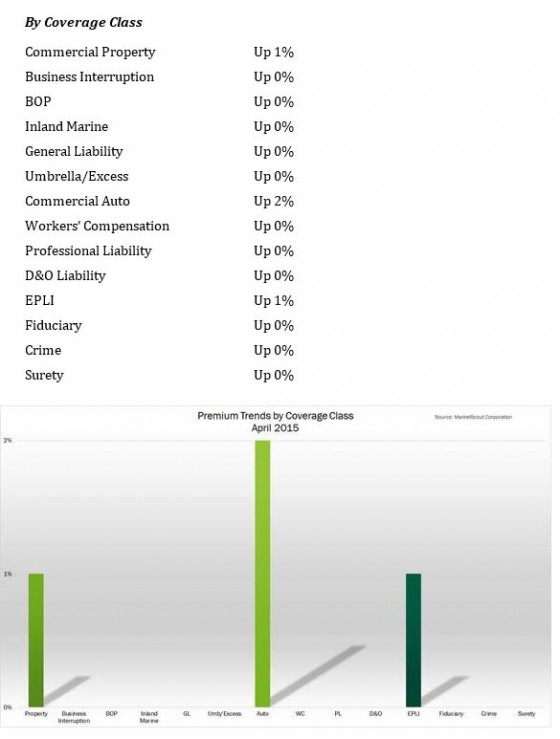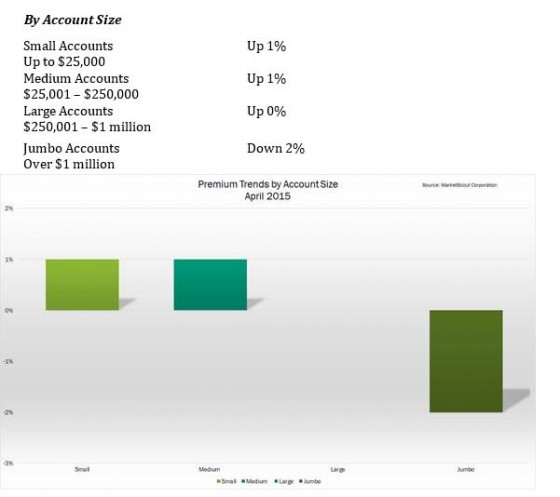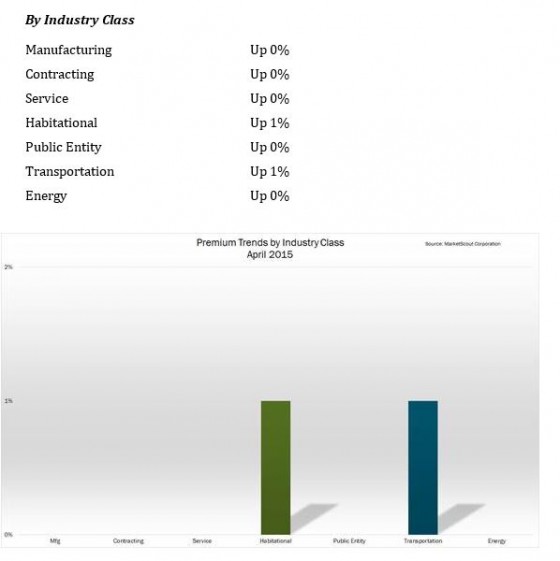NEW YORK—Staying a step ahead of regulators around the world is challenging for any global business. For Google, it is a “significant challenge, to say the least,” said Andy Hinton, vice president of global ethics and compliance at Google, Inc. After organizing the world’s information and making it universally accessible, the company’s secondary mission is products that help users, he said.
“Google is boundary-less when it comes to what those products might be and what they might look like,” Hinton said during The Wall Street Journal’s Newsmaker’s Forum in April. “So trying to keep up with driverless cars, drones and providing internet service with floating balloons around the world (Project Loon) is a challenge.”
Google’s compliance program includes the company’s trade, bribery, internet security and privacy issues. While any number of issues may surface, he said, “one of them is to help the company respond to some of the criticism leveled against it, mostly in jurisdictions outside the United States, and to make sure responses are consistent with applicable laws.”
With Google Earth, for example, equipment must be moved around the world. Google Earth “enables people to get information access to the earth, where they otherwise might not be able to see those things,” Hinton said, noting that people can now view Mt. Everest and other places they may never get to see otherwise. This involves contact with customs officials and governments and also creates “lots of opportunities to do things wrong and get in trouble,” he said. “So we are always on top of that. Plus, the equipment we use is so unique that we show up in front of a customs official with a camera on top of a tripod on top of a car and they ask, ‘What is that? It’s not in the manual.’ You have to spend time explaining what it is and help them to be comfortable with it.
”
While some governments are more difficult to deal with than others, “there are definite challenges in all the continents and countries,” he said. “Obviously privacy is a challenge in Europe, because there is a different perspective around privacy and internet security than there is in the United States. With APAC [Asia Pacific] there is an integration of gift-giving and business that is relatively unique to the APAC region and can present challenges.”
An important part of its compliance strategy is the company’s diversity, which he added is also part of its mission. “Not just diversity in the traditional perspective, but in bringing on people who can understand the challenges in these regions,” he said.
“So for gift-giving in the Middle East, sure I can sit in Mountain View trying to figure it out, but we hired an attorney who is in that culture and understands U.S. law and can, in that context, help us navigate the region—balancing expectations of the region with legal expectations in the United States.”
Company Strategy
In fact, Google’s overall hiring policies are part of its strategy to “do things differently, or do them better than other companies,” he said. “That requires us to be incredibly sharp in the way we do hiring.” Now that the company has about 60,000 employees, “it’s important to hire people who share your values and buy into your mission. Because if you are not going to have a lot of rules and you are not going to have an enormous compliance program and checkers following people around, there is a lot of trust and autonomy that you give to your Googlers.”
How does the company accomplish this? “When I interview people and they talk about winning and beating the competition, that’s a huge red flag to me,” he said. “When we started, Larry was very much about the users and we still are. If you build something good that users really like, you can figure out the rest. Revenue and everything else will come. People who have that backwards are tremendously dangerous to the company.”
Google also acquires staff through acquisitions, he said, adding that this talent is “much harder to manage. The larger the acquisition and the more the acquisition has its own culture, the greater the challenge.”

